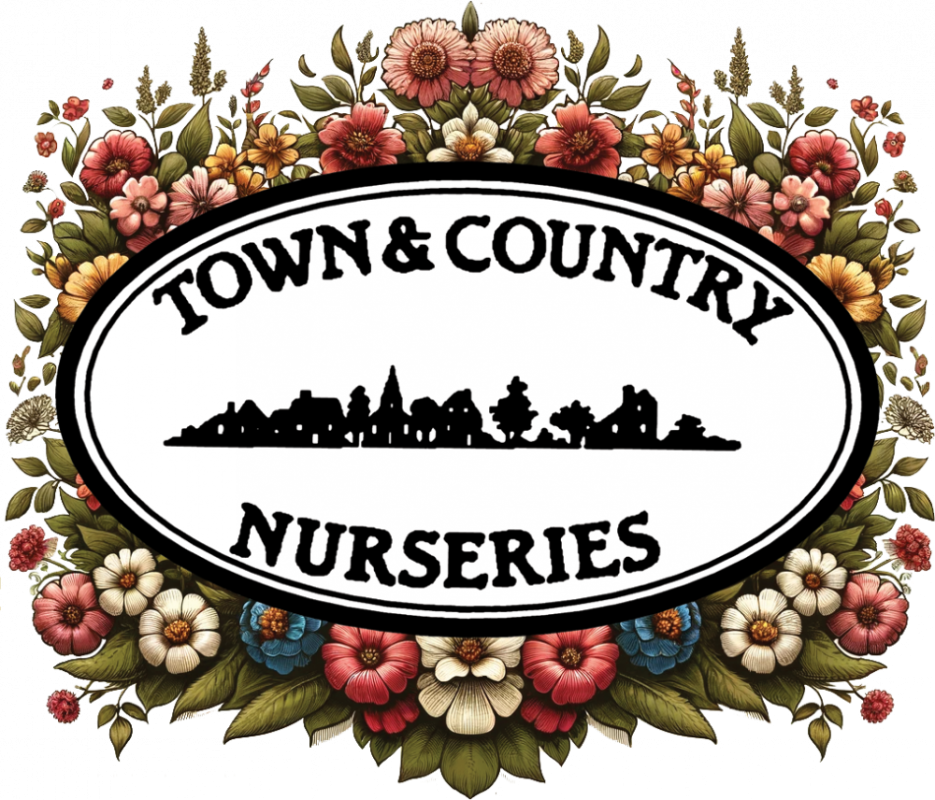
Bat Pollination
Bats are very important pollinators in tropical and desert climates. Most flower-visiting bats are found in Africa, Southeast Asia, and the Pacific Islands.
There Are Two Species of Nectar-Feeding Bats:
1-Lesser Long-nosed Bat
The Lesser Long-nosed Bat is federally listed as endangered species by the U.S. Fish and Wildlife Service under the Endangered Species Act of 1973.
2- Mexican Long-Tongued Bat
Tequila is a very popular alcoholic product. It is derived from the agave plants. This bat is responsible for the majority of the seeds being spread so that these plants can continue to grow.
Bat Flowers:
Flowers visited by bats are typically ,
- Open at night
- Large in size (1- 3.5 inches)
- Pale or white in color
- Very fragrant – fermenting or fruit-like odor
- Copious dilute nectar
Did You Know. . .that over 300 species of fruits are pollinated by bats. These fruits include mangoes, bananas and guavas.
Bat Houses

Mounting a bat house on your property is the perfect way to help bats who are in need of a safe place to live while protecting your yard from pesky night-flying insects, especially mosquitoes.
Bat Houses Should Be:
- Attached at least 15’ high
- Free from obstructions with at least 20’ of open space
- Facing south to southeast to gain access of sunlight
- Painted black or left neutral
- In an area with at least 6-8 hours of sunlight each day
Follow these simple steps to turn your garden into a Bat Haven. . . .
- Plant night-scented flowers– Some great night bloomers include: datura, moonflower, four-o’clock, yucca, evening primrose, night blooming jasmine, cleome and nicotiana
- Create a wet area
- Let your garden go a little wild
- Put up a bat house
- Avoid using pesticides
- Create linear features (i.e. hedgerows/tree lines)
